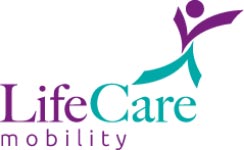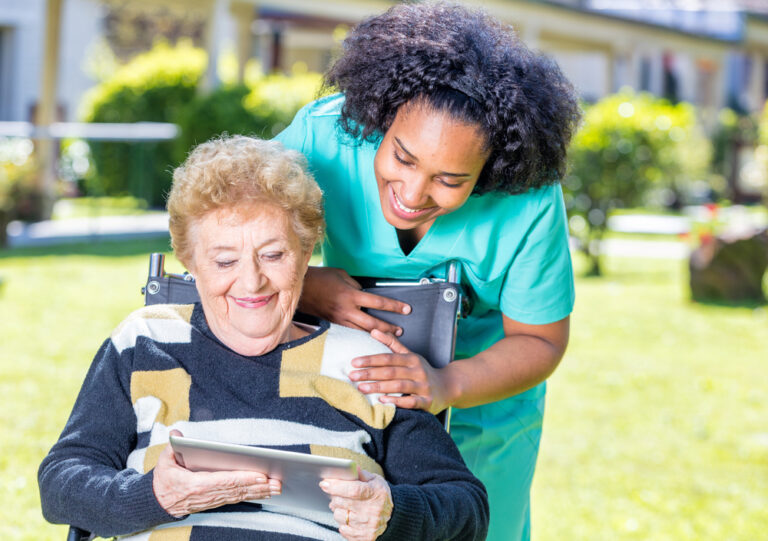Being a caregiver is an incredibly important job. We would be hard pressed to find a role of greater importance. Helping an elderly person or individual with mobility issues to live comfortably is as noble an action as there is. Of course, being a caregiver is an incredibly hard job as well.
Caregivers have the lives of elderly and/or disabled loved ones in their hands. It’s vital that caregivers take steps to ensure the maximum safety of their care recipients. Naturally, this involves creating a safe environment for the individuals with mobility issues.
Keep the floors dry at all times.
Probably the easiest way to prevent slips and falls in the home is ensuring that walking surfaces are dry. This is especially true for both the kitchen and bathrooms. Both rooms are known for their tiled floors and presence of moisture. Be sure to wipe up spills immediately. As well, placing non-slip mats on the floors of each room is a great way to avoid slips and falls.
“Kitchens and bathrooms tend to be higher-risk rooms, partly due to the hard flooring materials they’re often furnished with, such as wood, stone, or laminate,” notes Declan Davey on Carewell.com, “Slipping on these surfaces can cause a lot of damage, particularly if a head injury results. It’s easy to forget about spills and minor splashes, but they can be dangerous if left unattended.”
Set up rest stations in different rooms.
It’s important to remember that both older adults and people with disabilities struggle with mobility. Ensuring that there is always a spot for them to rest is a great way to prevent exhaustion and fatigue. Just as importantly, rest stations significantly reduce the risk of slips and falls. As Davey points out, there are various simple ways to set up rest stations in every room.
“If you are caring for someone with limited mobility who still likes to move around the home, creating rest stations for them to take short breaks is a great go-to strategy,” he writes, “This could be as straightforward as placing stools, high-rise chairs, or rollators in certain areas. If that’s too cumbersome, fitting foldable, wall-mounted seats in areas such as the shower and garden can do wonders for improving safety.”
Be respectful of your care recipient’s mobility solutions.
Remember that caregiving involves attention to one’s emotional needs as well as his/her physical well-being. As a caregiver, you likely help your care recipient with his/her mobility solutions. Transferring your loved one into a wheelchair, for example, is likely a common practice in your household. It’s important, however, to keep in mind that these mobility solutions are the property of your care recipient. Out of respect, refrain from moving them or using them without permission from their owner.
“Some people who use a mobility aid, such as a wheelchair, walker or cane, see these aids as part of their personal space,” notes The Ontario Caregiver Organization, “Be sure to respect his/her personal space – don’t touch, move or lean on the device without their consent.”
At LifeCare Mobility Solutions, we offer a wide range of high-quality mobility solutions that help seniors and people with mobility issues to get around safely and avoid dangerous falls. Among them are mobility scooters, wheeled walkers and rollators. To learn all about them, please don’t hesitate to call us at 416-267-9800 or email us at info@lifecaremobility.ca. You may also contact us by filling out the form on our Contact page!










